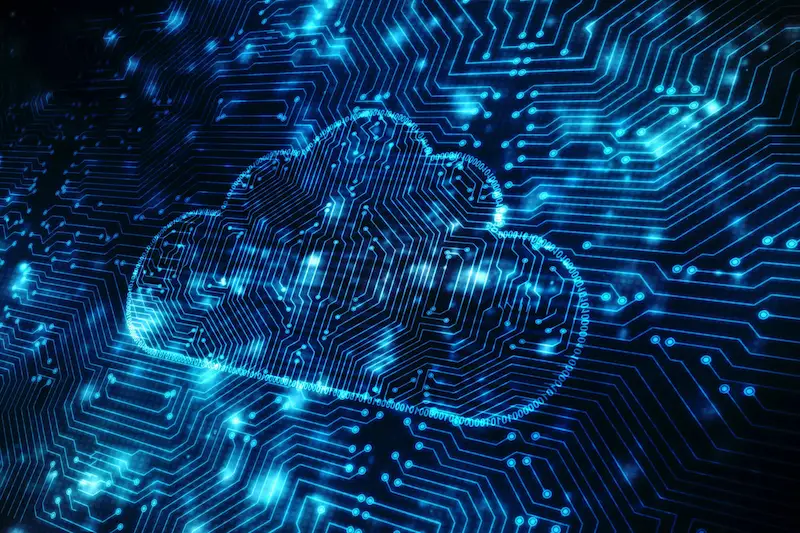Imagine inviting your most important client into your building to demo your latest project. You get the meeting room ready. You have the presentation up on screen, and then disaster strikes.
Your network is down, you can’t access anything, and you are stuck making small talk in the hope someone will be over to fix it.
That’s one example of why you need plans to help manage unexpected IT problems. Read on to learn about the difference between business continuity vs disaster recovery and the role cloud computing can play.
What Is Cloud Computing?
It’s a virtual environment away from business premises. Companies don’t have to buy expensive physical infrastructure; instead, they tap into the technology they need in the cloud.
That offers scalability, robustness, and flexibility. Consequently, it also offers much for business continuity and disaster recovery.
Cloud computing has helped cut costs and improve performance for business IT setups.
Business Continuity and Cloud Computing
Business continuity is about keeping your company running when a major problem happens. For example, suppose you are a bank, and you experience a cyber attack.
Business continuity ensures your customers can still do their banking while you resolve the problem. Cloud computing is advantageous because you aren’t dependent on physical hardware or local software.
When your systems and data are in the cloud, your team can carry on as usual, whatever the situation. It’s the most resilient model for businesses that must stay running 24/7.
Disaster Recovery and Cloud Computing
Disaster recovery is about getting your data and systems back after a problem. For example, perhaps your office experienced a network failure.
Disaster recovery is there to restore the network and give your team the necessary access. Disaster recovery also gets your information back if you lose data, such as reverting to a website backup if there is a major technical issue.
Cloud computing makes it faster and easier to recover from these scenarios. The cloud setup means you can access a more robust IT environment. That gives you more reliable backup and restoration options during a disaster.
You may like – Is Pest Control Safe? Technology Behind Pest Control Explained
Business Continuity vs Disaster Recovery
If you face a significant problem – or disaster – in your business, you need business continuity and disaster recovery.
Think of these as two sides of the same coin. And so, when it comes to cloud computing, you must cover both. Cloud infrastructure will help you stay running during a major disaster.
For example, people can head home to work remotely if there is an office fire. But you also need cloud setups for the other aspect of that scenario: recovering data. You can view cloud solutions here.
You don’t want to lose critical business data because the physical hardware got destroyed in a fire. That’s why access to the cloud for live and backup information is vital for data protection.
Moving to this model gives your company a more stable and robust setup to handle unexpected events. It lowers your business risks and helps minimize business costs and reputational damage.
Protecting Your Business
Don’t put your business or customers at risk. Ensure you know the difference between business continuity vs disaster recovery and why you need cloud computing that covers both.
For more help with your IT and disaster planning, read the latest articles on our website.






